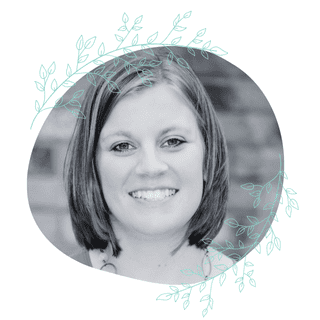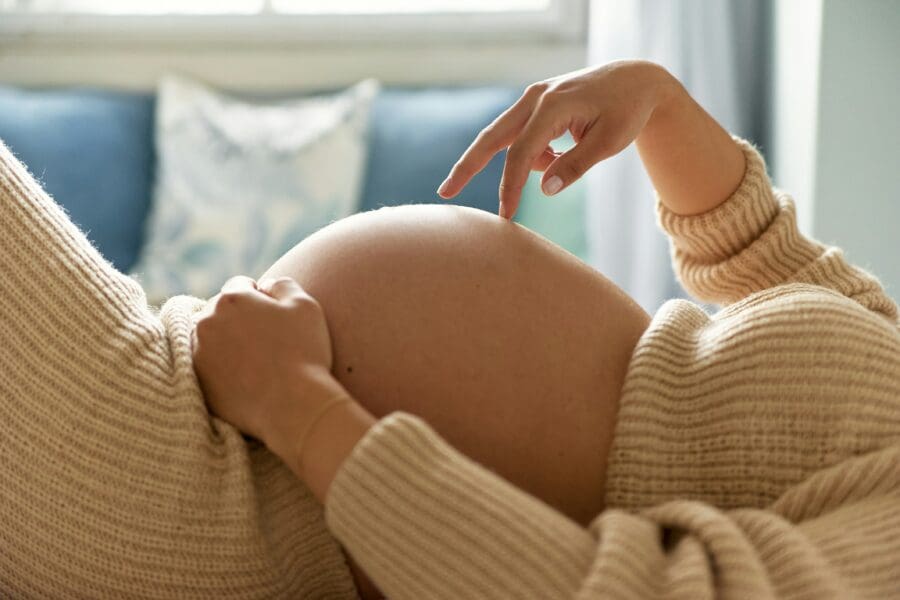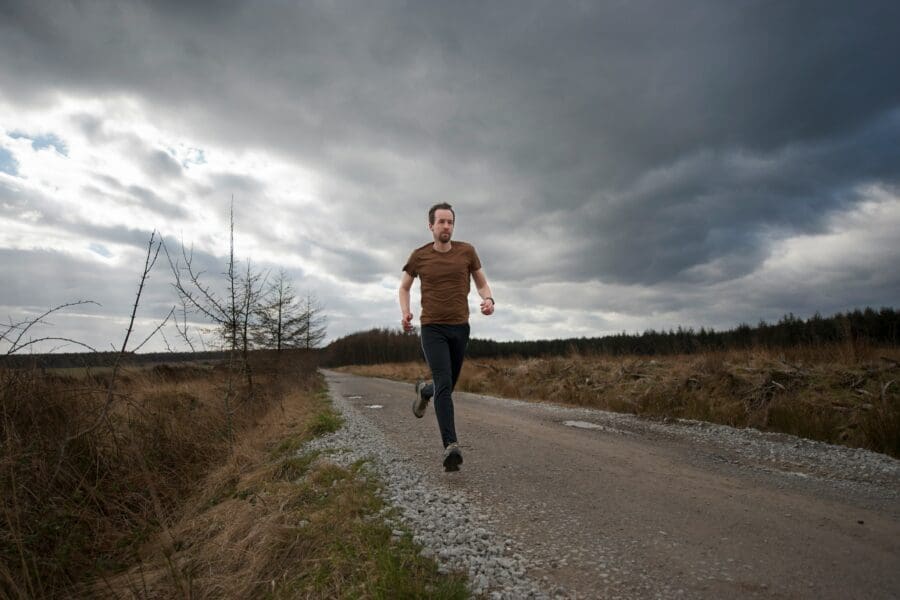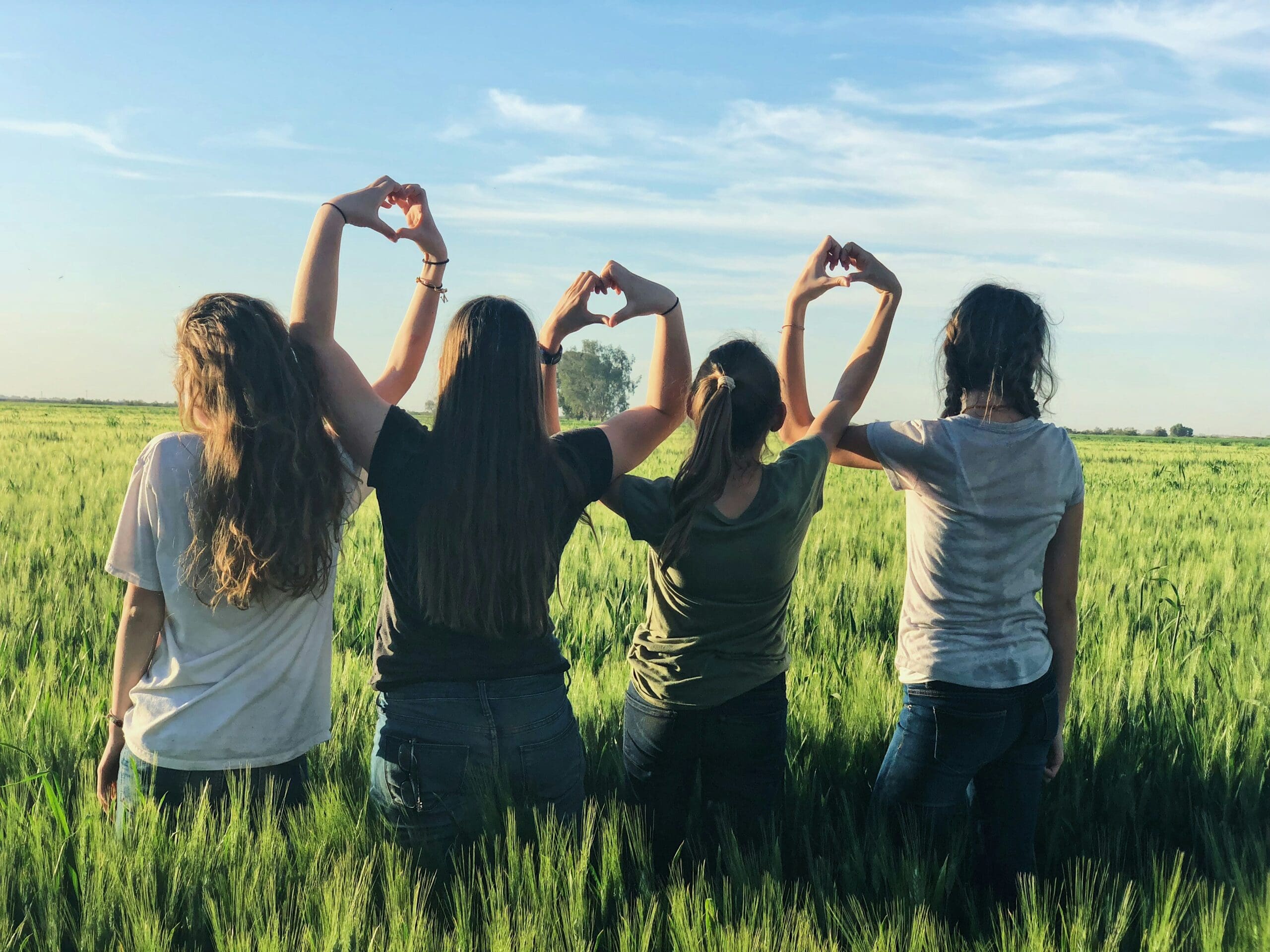After grief, it’s as if a person has lived two separate lives: the before and the after. All experiences seem to fall into one of those two categories. Life changes forever, and it feels as if one period is the “old” life and everything else is the present. This transition can be jarring.
I lost my daughter, Emma, to cancer at the age of ten. I definitely experienced this transition! My view of the world and of myself shifted, and I no longer saw myself as the mom of two beautiful girls. Instead, it felt like that part of life had ended, and even though I had a second daughter, now my main role was that of a grieving parent.
This transition became even more stark as time passed because I eventually had a new baby boy. Life became less about ponies, flowers, and fairies, and more about pirates, turtles, and superheroes.
These things weren’t bad. However, they were different experiences from when I’d had two little girls. My remaining daughter was several years older than my son, so it was as if the raising of my kids had come in two batches. They just happened to be split between the before and after of my oldest daughter’s death.
Other changes happened during this time, as well. We moved to a new house, and my husband changed jobs. Each change drove my former life farther into the past. It felt like I was slowly losing touch with who I’d been, not to mention losing touch with my daughter’s memory.
This stark before-and-after way of seeing the world didn’t end with changes in my own life. I suddenly noticed pain in the faces of others where I hadn’t noticed it previously. Was the lady at the grocery store crying? Was that teen’s behavior borne out of anger and grief?
Whereas I might have overlooked the subtle but pained expressions and actions in the past, they now stood out like a sore thumb.
It didn’t take long to recognize that seeing the world in this way wasn’t necessarily a bad thing. I found myself able to have empathy toward people who I could now see were dealing with grief. It wasn’t that I’d been uncaring in the past, only that I’d been oblivious.
It is important for me to acknowledge here that each person’s journey through grief can be different. A young person might have already experienced a lifetime of grief, and an older person might make it many years through adulthood before grief knocks at their door.
When my daughter neared the end of her life, I hadn’t lost so much as a grandparent. I’m sure this colored the glasses through which all my experiences were filtered.
I began to see that I’d overlooked grief in the faces around me for years. For example, as a teacher, I suddenly understood the student who came to school with a bad attitude, or the child who struggled to focus on adding and subtracting. I recognized the signs that told me that life had gotten heavy for them.
While textbook knowledge had taught me to be prepared for these situations, my real-life experience was leaps and bounds more educational than anything I had learned in a continuing education class.
Grief had shown me not only how to spot the pain around me, but also how to be empathetic and helpful to those experiencing it. For my students, I learned to sit with them patiently while they worked at their own pace. In other situations, with adults, I learned how to simply “be” with people in their grief, not expecting anything from them and not pushing myself to “fix” them. Rather, knowing that my empathy and presence often counted as enough.
Today more than eight years have gone by since my daughter’s passing. I see the world through new eyes. I do occasionally still consider my life to be a before-and-after. Sometimes I even think of my “old” life as the good one, and my “present” life as the hard one. This used to be a painful thought to me, but today I can cherish those memories.
I would never try to convince anyone who wasn’t ready to hear it that good can come out of pain. However, I’m not one to turn my nose up at whatever bit of good I can find in a situation. Do I wish none of this had ever happened to me? Every single day. However, because it did happen, I try to look for any shred of good that might come out of it. For me, seeing the world through new eyes has been one of those good things, and I know I’m a better person for it.

Katie Clark started reading and writing stories in grade school and her love for both never died. In 2016, Katie’s oldest daughter Emma passed away at the age of 10, after a lengthy battle with childhood cancer. Katie writes about grief as a way to heal as well as to help others who are on their own grief journey.








Leave a Comment